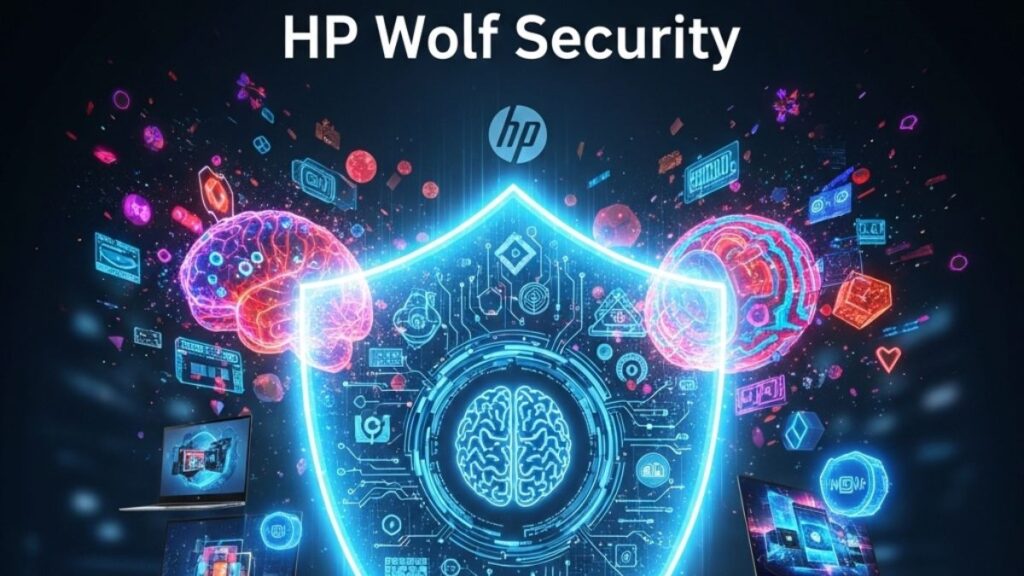Sustainability isn’t just good for the environment. It is excellent for the bottom line. Virtually every major vendor has been able to connect substantial extra business to their sustainability efforts. For HP, this number is over $1B. This benefit appears to result from the sustainability efforts of vendor customers who require their suppliers to be as sustainable or more than they are. These sustainability efforts may seem competitive, but in many ways, they are often cooperative so that the costs can be shared and the results multiplied.
In September, HP provided an update on their progress. HP is the most aggressive of the vendors I cover, with much of the effort tied to their unique consumables like paper and ink. Still, it also includes their broad product portfolio for recycling and use of ocean-bound plastics.
However, their programs go far beyond product, and their efforts extend to education (STEM) for minorities and emerging economies with a heavy internal focus on diversity and inclusion.
Let’s talk about HP’s latest sustainability update this week.
Driven by printing
I find it fascinating that HP figured out rather quickly that they had a massive problem with the printing side of the business in that printing is anything but green because it consumes lots of paper. But instead of doing what most large companies have done and either cover up the problem or aggressively discredit anyone that pointed it out, HP instead decided to fix it and make printing green. I kind of wish the petrochemical Industry had taken a page from HP’s book as we’d be in much better shape than we are when it comes to climate change.
Apple seemed to take the most straightfhttps://techspective.net/2021/05/21/hp-diversity-progress-and-an-intern-pandemic-program-that-worked/orward path to abandon printing and instead push something like the iPad as a reader, but customers liked paper and most didn’t want to make that switch. When faced with a similar problem back in the 1980s regarding client-server computing, IBM tried to make a better client-server computer and almost failed. Decades later, their mainframe was still one of their most profitable products because they later switched course and invested in it.
Maybe HP learned from IBM’s mistake, or maybe they just realized that the better path was to embrace and invest in what they did well, making it green. So, they worked on renewable sources of paper, massive recycling efforts for print cartridges, and, across the company, a massive hardware recycling program. Printing is now surprisingly green and highly profitable for HP.
Green progress
HP has made impressive progress over the years and now has 46K of their employees actively involved in their sustainability programs, 93% of their printers are Energy Star Certified, they’ve reduced plastic use in ink cartridges by 80%, and more than 50 of HP’s products are manufactured with ocean-bound plastic (helping reduce ocean pollution).
HP runs on 51% renewable energy from a company standpoint and has reduced Scope 1 and Scope 2 CO2 emissions by 56% and GHG (Green House Gas) emissions by 33% over what they were back in 2015. They’ve aggressively pushed sustainability through their supply chain and are working towards having at least 50% of these suppliers on board by 2025. In EMEA, one of HP’s most significant regions, they are at 31% engagement today, and nearly 3/4s of their partners say they’d recommend this program to their peers.
As I noted earlier, HP’s employees are personally involved in these efforts, and 6,650 of them have volunteered 127K hours. HP has contributed $17.57 million as a corporation, and the HP Foundation has donated nearly $1 million on top of that.
HP long term
Long-term, HP has stated they are aggressively working toward a fully regenerative economy. I’ve been told they are aggressively reimagining their products to be more reusable and recyclable to assist in that effort. They plan to be operationally carbon neutral by 2025, reduce value chain emissions by 50% from 2019 levels by 2030, and be net zero by 2040. By 2030 they promise to have 75% of their packaging reusable, as well. And while HP’s products are sourced from renewable resources (zero deforestation), they are pushing to have non-HP paper make that same switch by 2030.
Diversity And Inclusion
Finally, HP is investing heavily in diversity and inclusion and has been leading in activating and innovating holistic education solutions that ensure a more diverse future workforce. Their goal is to enable significantly better education outcomes for 100 million people by 2025 and 150 million by 2030. The focus is on digital equity for women, the disabled, communities of color, and a diverse set of educators and practitioners.
HP has made significant progress in Africa, working with Intel and Mirai, with 500,000 students positively impacted with a one-year fellowship pathway program for innovative practitioners and instructional leaders. In Ghana, for instance, they have helped increase literacy 10x—from 4.5% to 45%–showcasing their targeted efforts are making a significant impact.
One interesting and relatively new program is the HP Innovation Garage, a studio designed to help students prepare for their future with increased digital fluency. Launched back in 2020 along with partner Intel, it has sections for entrepreneurs, virtual reality, STEM courses, and robotics. Partners include the Awe Academy, EduTech, Munfarid, and Dtec.
Wrapping up: HP is Serious about sustainability and inclusion
HP is putting a lot of time and money into its sustainability and inclusion efforts. They are getting significant returns from these efforts. Their inclusion efforts, in particular, appear to be having a significant positive impact on the continued trained labor shortage problem that the industry is experiencing. Every company that invests in programs like this is doing more than just benefiting themselves; they are helping to make the world a better place with improved environments and more diverse and complete workforces that can better address the diverse needs of an ever-growing customer base.
HP is far from alone in their efforts, and they have pulled together several partners and set the bar for their competitors, some of which they also partner with for this effort to make the world a better place. We only have one planet. It is great to see companies like HP step up to help us preserve it for the coming generations.
- The HP OmniBook X Flip 2-in-1 16-Inch: Your New Digital Swiss Army Knife (Now in Glorious Atmospheric Blue) - June 25, 2025
- The Open AI Avalanche: Why AMD’s Collaborative Spirit Is Outmaneuvering NVIDIA’s Empire - June 22, 2025
- Lenovo Embraces OpenBMC: A Step Towards Greater Transparency and Control in the Data Center - June 17, 2025



